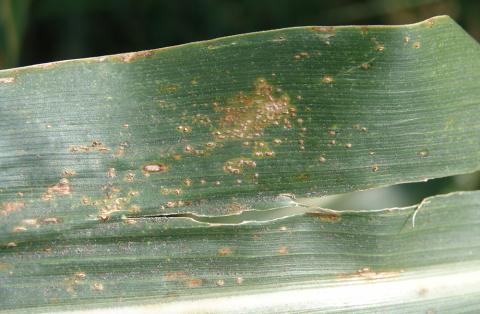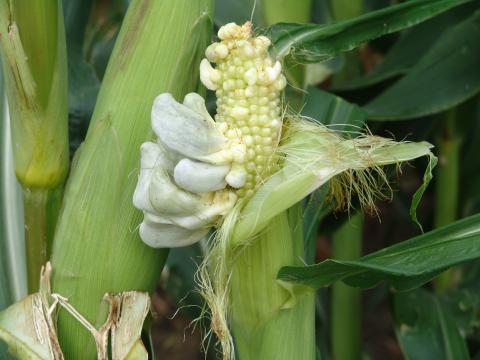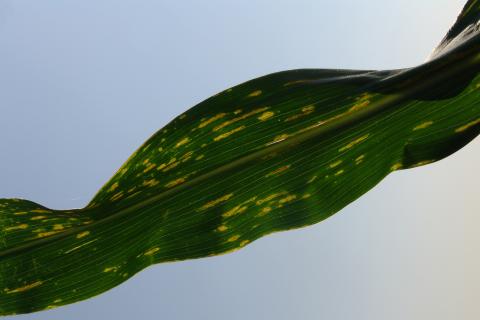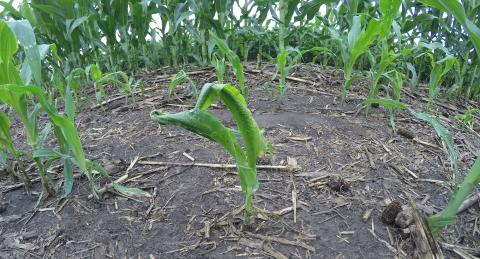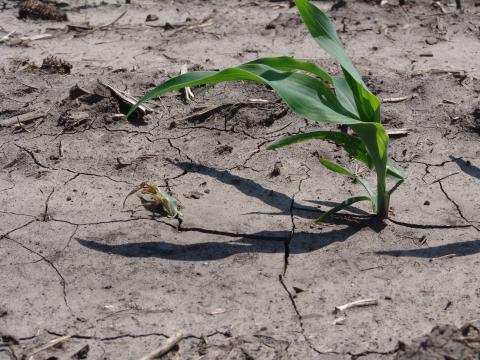Southern Rust Confirmed in Corn in 8 Eastern Nebraska Counties
July 19, 2017
Southern rust has been confirmed in corn in 8 eastern Nebraska counties and growers are urged to scout vigilantly to schedule optimal timing of treatment, if needed. Most systemic fungicides can provide protection of leaves from future infections for 21-28 days.
Several Corn Diseases Developing Across Nebraska
July 13, 2017
Several diseases, as well as other problems that look like diseases, have been confirmed in corn samples from around the state. These diseases can be difficult to differentiate from each other and from abiotic causes. This story offers photos and brief descriptions to aid your diagnosis before making treatment decisions.
Detection and Characterization of the Causal Agent for Bacterial Leaf Streak in Corn
July 7, 2017
When a new crop disease strikes, researchers dig in to identify its characteristics. Noting how it's similar to and different from other diseases are part of defining it so plant pathologists can better confirm its presence in the field, monitor its spread, and develop appropriate management practices. Here's the story of how plant pathologists identified bacterial leaf streak.
Plant & Pest Diagnostic Clinic Report (June 14)
June 15, 2017
The following diseases were reported in samples submitted to the UNL Plant and Pest Diagnostic Lab June 1 to June 14.
Bacterial Leaf Streak Confirmed on V4 Corn in Nebraska
June 15, 2017
Bacterial leaf streak disease has been confirmed on a sample submitted to the UNL Plant and Pest Diagnostic Clinic from Adams County. The corn was at the V4 growth stage and represents the earliest that the disease has been confirmed in a field.
Evaluating Early-Season Hail Damage in Corn
May 25, 2017
Factors to consider when assessing early-season hail damage in corn. Growers urged to wait 7-10 days after hail to make full assessment.
Recent Cold, Wet Conditions are Favorable for Seedling Diseases in Early Planted Corn
May 5, 2017
Recent cold, wet field conditions and fluctuations in soil temperatures have put early planted corn at risk for seedling disease development. Cold soil temperatures and episodes of recent rainfall (and snow) are especially favorable for some of the most common and damaging seedling diseases favored by cold wet conditions.
